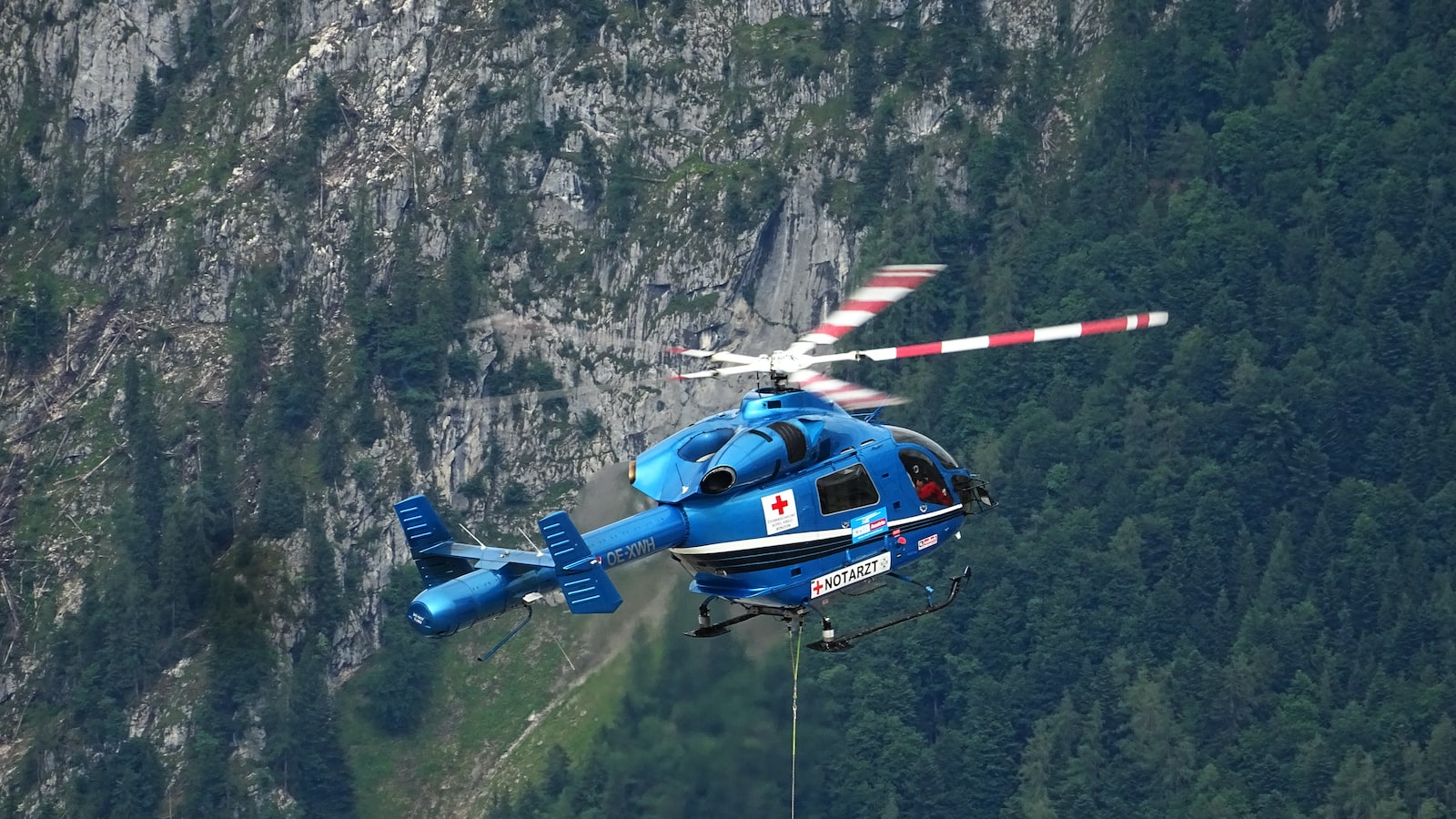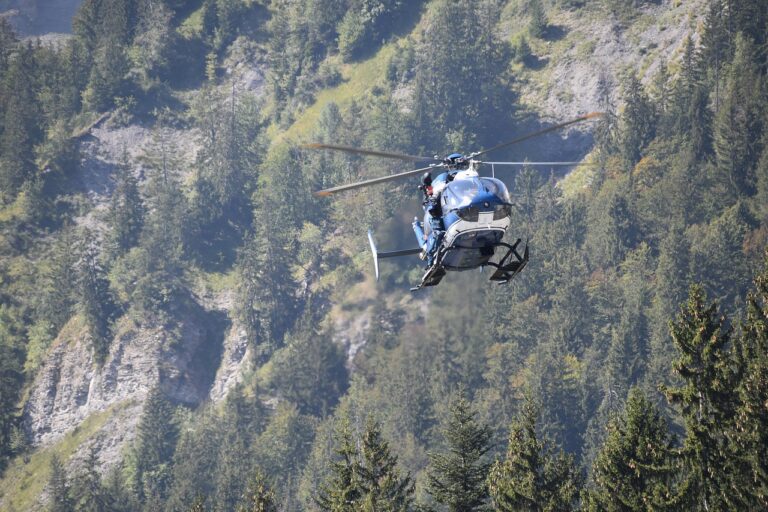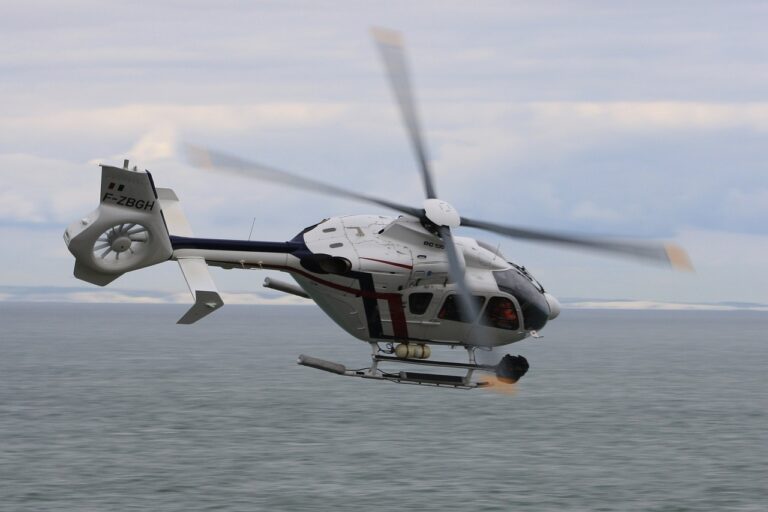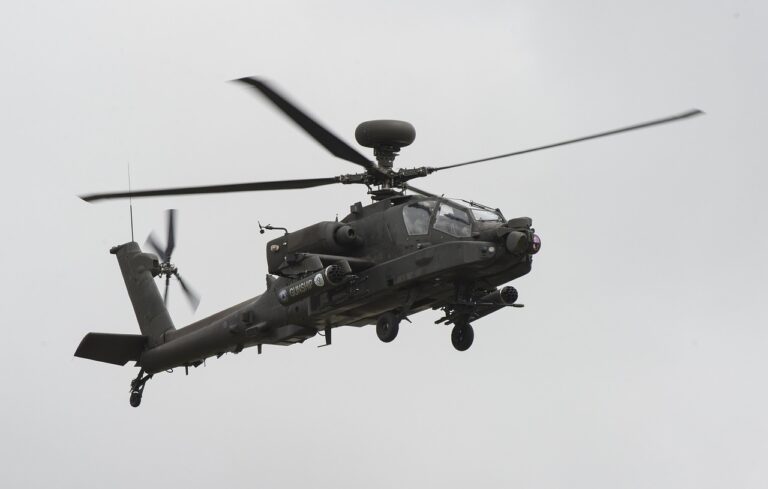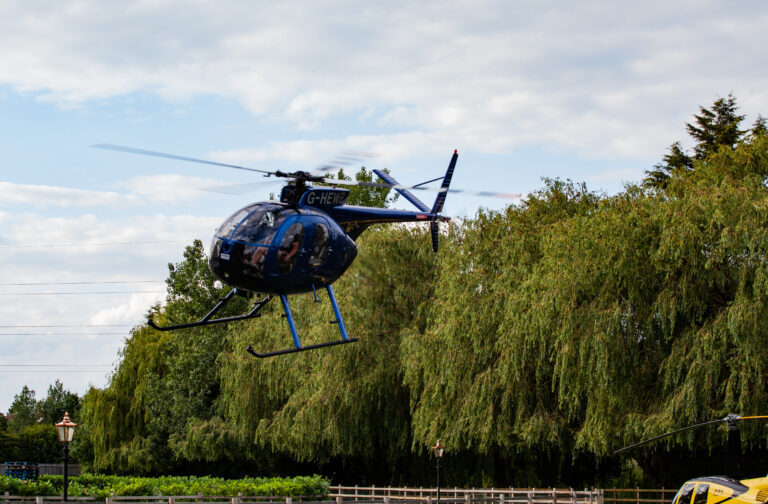Which Is the Safest Private Helicopter
Choosing a private helicopter is no small decision, especially when it comes to the safety factor. Ensuring the well-being of passengers and crew is paramount, and rightly so. With an abundance of helicopter models available in the market, it can be overwhelming to determine which one offers the best safety features. In this article, we delve into the heart of the matter and explore various private helicopter options, aiming to identify the top contenders for the title of the safest private helicopter. So, let’s cut right to the chase and unravel the mysteries of helicopter safety, leaving no room for ambiguity or fluff.
Table of Contents
- Introduction: Evaluating the Safest Private Helicopter Options
- 1. Examining Safety Features: A Comprehensive Analysis of Private Helicopter Models
- 2. Crashworthiness: Understanding the Importance of Robust Structural Design
- 3. Avionics and Automation: Assessing Technological Advancements for Enhanced Safety
- 4. Emergency Systems: Evaluating Life-Saving Equipment in Private Helicopters
- 5. Pilot Training and Support: Ensuring Safe Operations through Expertise and Assistance
- 6. User Feedback and Incident Data: Drawing Insights from Real-World Experiences
- FAQs
- Insights and Conclusions
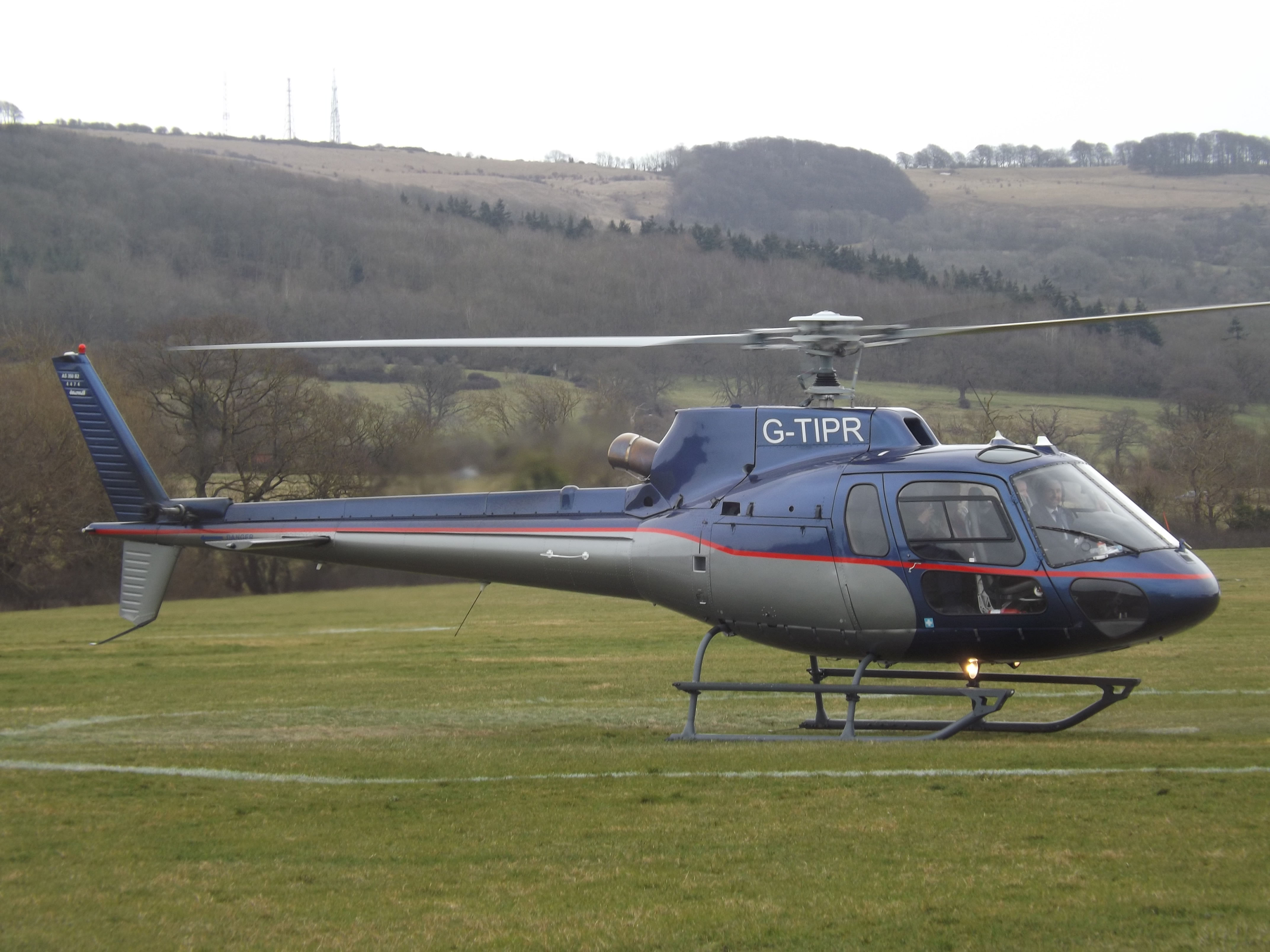
Introduction: Evaluating the Safest Private Helicopter Options
When it comes to choosing a private helicopter, safety should always be a top priority. With numerous options available in the market, it is crucial to carefully evaluate and compare the safest choices. So, what factors should one consider before making this important decision?
First and foremost, examining the helicopter’s maintenance and service history is essential. Look for a model that has undergone regular inspections and has been well-maintained by reputable technicians. A well-documented service record ensures that the helicopter has received the necessary care and attention to keep it in optimal condition. Additionally, consider the track record of the manufacturer. Have they consistently produced helicopters with excellent safety ratings?
Another crucial aspect to investigate is the helicopter’s safety features. Look for advanced systems and technologies that enhance overall safety, such as state-of-the-art avionics, enhanced situational awareness technology, and advanced autopilot capabilities. These features can significantly reduce the risk of accidents and enhance the pilot’s ability to navigate challenging situations. Furthermore, consider if the helicopter offers additional safety equipment, such as emergency floats or crash-resistant fuel systems, which can provide an added layer of protection in emergency situations. Overall, thoroughly evaluating the maintenance history, manufacturer’s reputation, and available safety features will help you choose the safest private helicopter option for your specific needs.
1. Examining Safety Features: A Comprehensive Analysis of Private Helicopter Models
Private helicopter models come equipped with a wide range of safety features that have been extensively analyzed. These robust safety mechanisms ensure a secure and worry-free flying experience for passengers and pilots alike. Here, we delve into the comprehensive examination of these safety features, shedding light on the cutting-edge technology that makes private helicopters some of the safest modes of transportation in the skies.
One standout safety feature found in many private helicopter models is the incorporation of advanced autopilot systems. These systems use a combination of sensors, algorithms, and control mechanisms to assist pilots in maintaining stable flight conditions, even in challenging situations. By automatically adjusting the aircraft’s attitude, altitude, and speed, these autopilot systems provide an added layer of protection and enhance overall flight safety. Additionally, private helicopter models often include state-of-the-art collision avoidance systems. These systems utilize radar and other sensors to detect nearby aircraft or obstacles in the flight path, providing real-time alerts to pilots. With this technology, pilots can make informed decisions in avoiding potential mid-air collisions or accidents.
Furthermore, private helicopter manufacturers emphasize the importance of robust emergency systems. Integrated emergency flotation systems enable helicopters to land safely on water surfaces, minimizing the risk of post-impact sinking. On top of that, many models feature advanced ejection seats for added safety during emergency situations. These seats are designed to rapidly eject the occupants from the aircraft, providing a life-saving escape option in the event of an imminent crash or any other life-threatening circumstances. With these dedicated safety features, private helicopter models strive to guarantee the utmost protection for both pilots and passengers, setting the standard for safety excellence in aviation.
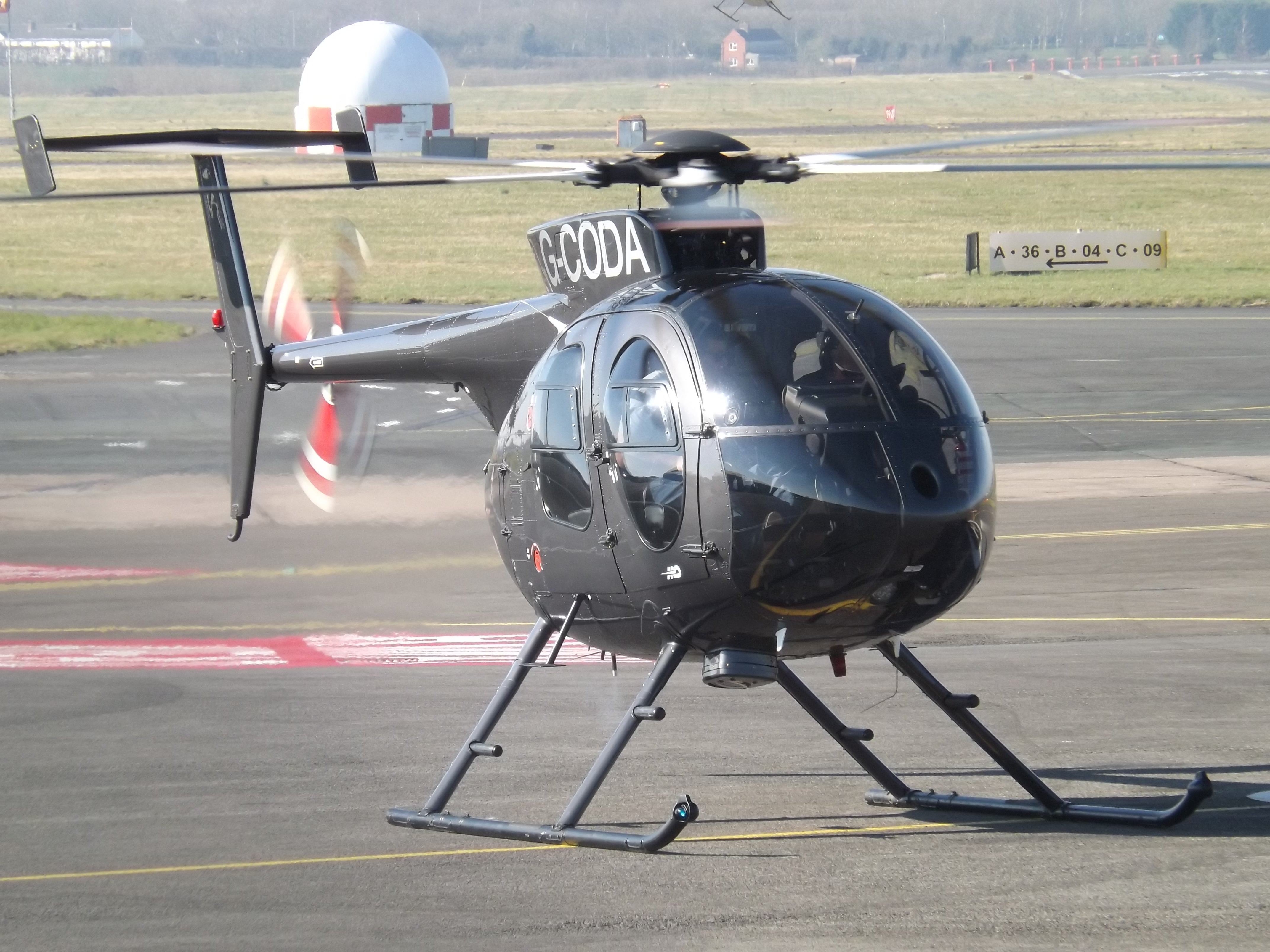
2. Crashworthiness: Understanding the Importance of Robust Structural Design
Crashworthiness is an essential aspect of vehicle design that focuses on creating a strong and resilient structure to protect occupants during collisions. A car’s structural integrity plays a crucial role in determining its ability to withstand crashes and minimize the impact forces transferred to the occupants. Here are a few key points highlighting the significance of robust structural design in ensuring crashworthiness:
1. Enhanced Occupant Safety: A well-designed and robust structure can significantly reduce the risk of serious injuries or fatalities in the event of a crash. By effectively absorbing and dissipating the forces generated during impact, the structural integrity of a vehicle helps protect passengers from severe harm.
2. Mitigating Collision Forces: A vehicle’s structural design plays a pivotal role in managing the distribution of crash forces, diverting them away from the occupant compartment. This is achieved through the strategic placement of crumple zones, reinforced pillars, and side impact beams. Such features optimize the absorption and redirection of impact energy, thereby reducing the severity of the collision forces experienced by the occupants.
In conclusion, understanding the importance of robust structural design in crashworthiness is vital for developing vehicles that prioritize occupant safety. A well-designed structure not only reduces the risk of injuries and casualties but also ensures the overall resilience and durability of the vehicle. By incorporating advanced engineering techniques and materials, automobile manufacturers can continue to enhance crashworthiness standards and make significant strides towards creating safer transportation for all.
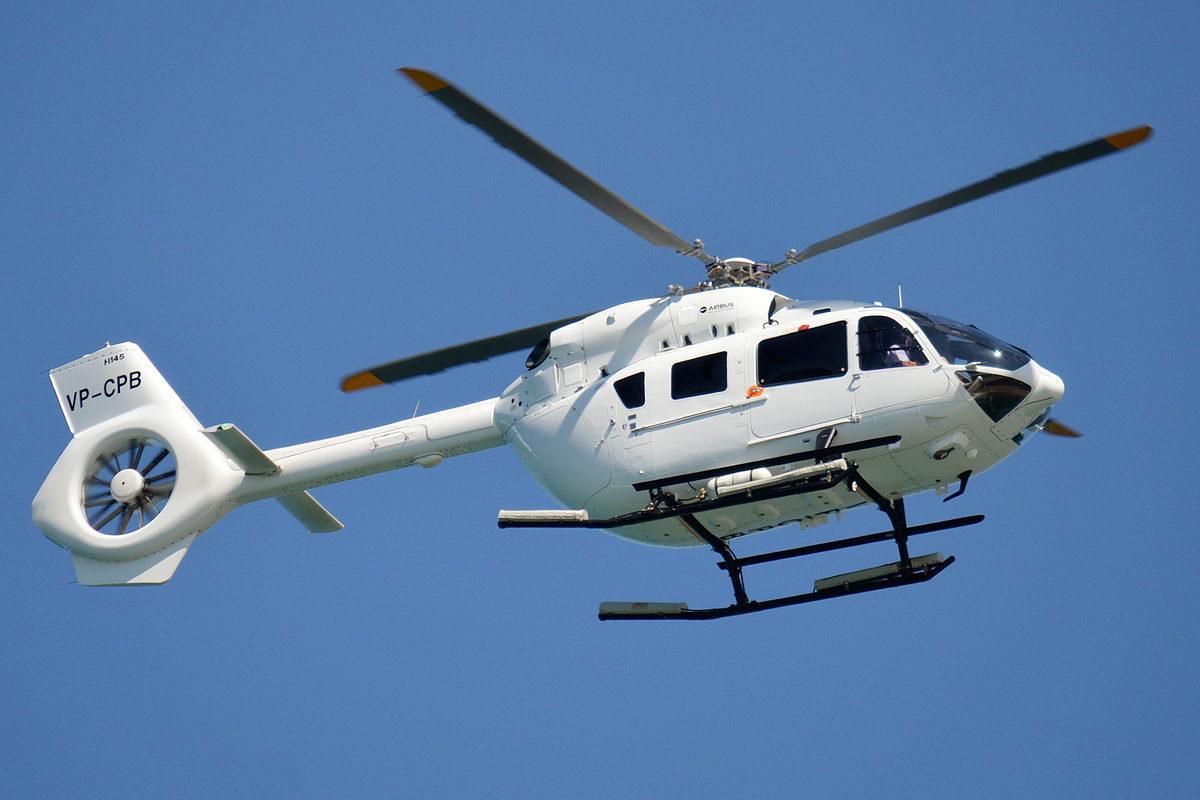
3. Avionics and Automation: Assessing Technological Advancements for Enhanced Safety
In the realm of aviation, the evolution of avionics and automation has paved the way for exceptional advancements in safety measures. These technological innovations have revolutionized the way aircraft operate, ensuring enhanced safety levels that were once only imagined. From state-of-the-art navigation systems to advanced autopilot functionalities, the avionics industry has witnessed an extraordinary transformation.
One of the key benefits of this cutting-edge technology lies in its ability to provide accurate and real-time data for pilots. With advanced sensor systems and sophisticated computer algorithms, avionics systems can now gather information about weather conditions, aircraft performance, and potential hazards in a matter of seconds. This invaluable data empowers pilots to make informed decisions, avoiding potential risks and ensuring a smooth and secure flight. Additionally, the integration of automation systems has significantly reduced human error, resulting in improved overall safety standards for the aviation industry. Advanced autopilot functionalities assist pilots in various aspects of flight operations, such as altitude control, route adjustments, and even landing procedures. These automated features not only relieve pilots of certain tasks but also enhance their situational awareness, allowing them to focus on critical decision-making. Thus, avionics and automation advancements are undeniably instrumental in ensuring optimized safety levels for both passengers and crew members.

4. Emergency Systems: Evaluating Life-Saving Equipment in Private Helicopters
In private helicopters, having reliable emergency systems and evaluating life-saving equipment is crucial for ensuring safety during flights. These systems play a vital role in emergencies and can make a significant difference in saving lives. Evaluating life-saving equipment in private helicopters involves a thorough assessment of various factors to determine their effectiveness and suitability for different emergency situations.
When evaluating life-saving equipment, several key aspects need to be considered. Firstly, the equipment’s capability to detect and respond to emergencies promptly is essential. This includes features like advanced alert systems, reliable communication tools, and accurate tracking devices. Additionally, the ease of use is an important factor to ensure that the equipment can be effectively utilized even in high-stress situations. The durability and reliability of the equipment are crucial, as it should be able to withstand harsh conditions and maintain functionality over time. Moreover, compatibility with existing helicopter systems and integration with emergency protocols and procedures is imperative for seamless execution during critical situations.
- Prompt detection and response capabilities
- Advanced alert systems and reliable communication tools
- Accurate tracking devices
- User-friendly design for high-stress situations
- Durable and reliable equipment
- Compatibility with existing helicopter systems
- Integration with emergency protocols and procedures
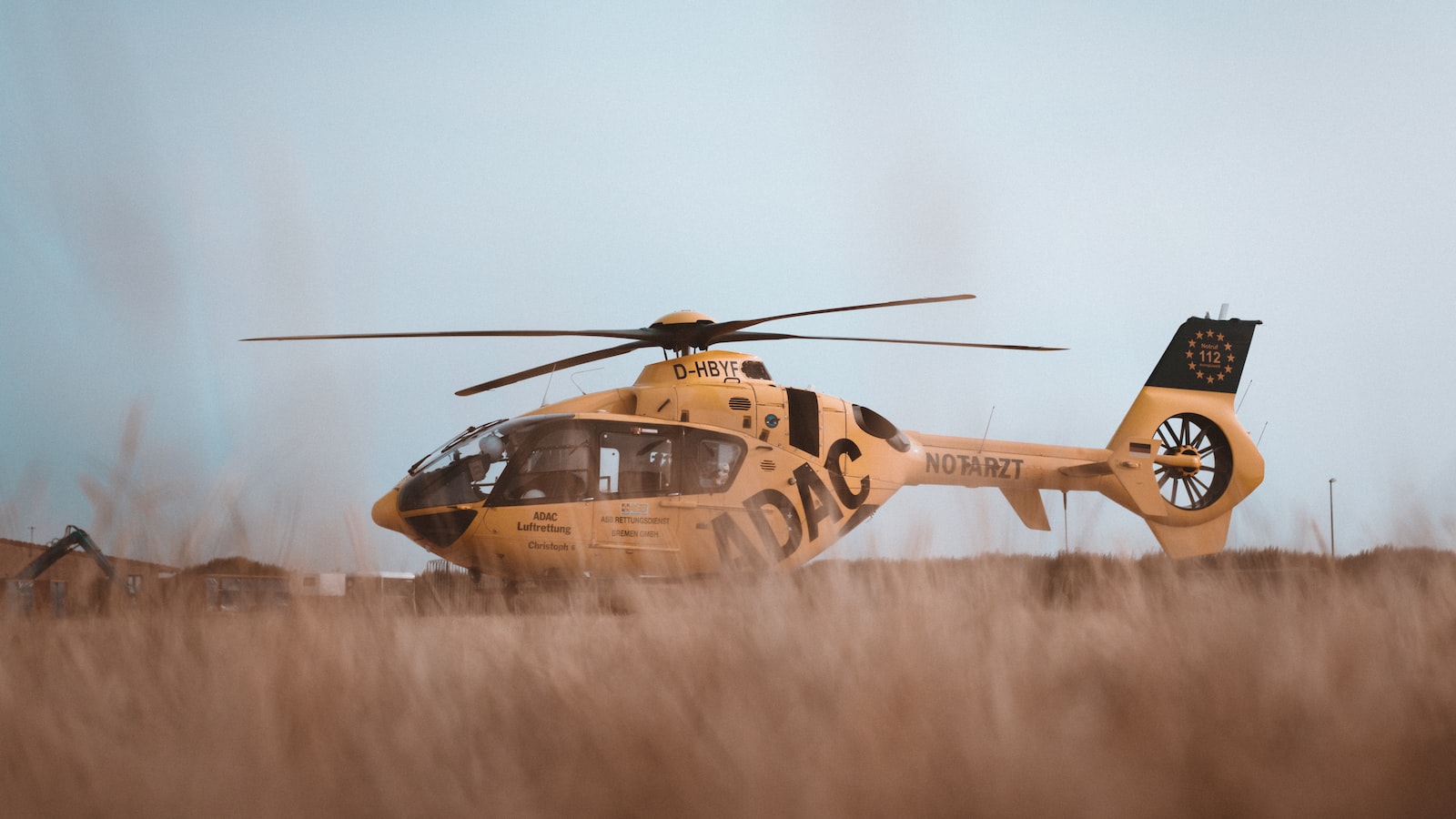
5. Pilot Training and Support: Ensuring Safe Operations through Expertise and Assistance
In the aviation industry, pilot training and support play a pivotal role in guaranteeing safe and efficient operations. Our commitment to ensuring the utmost expertise and assistance is what sets us apart. With a team of highly skilled instructors and an array of resources at our disposal, we strive to equip pilots with the necessary skills and knowledge to confidently navigate the skies.
When it comes to pilot training, we leave no stone unturned. Our comprehensive curriculum covers a wide range of subjects, including ground theory, flight simulation, and practical exercises. Through immersive learning experiences, pilots gain a deep understanding of aviation regulations, emergency procedures, and navigation techniques. Our state-of-the-art flight simulators provide a realistic environment where pilots can sharpen their skills and master various challenging scenarios.
But our support doesn’t end with training. We firmly believe in nurturing a strong support system for our pilots. We offer ongoing assistance and guidance, helping them navigate any hurdles they may encounter during their careers. Whether it’s providing technical advice, offering mentorship programs, or facilitating networking opportunities, our aim is to ensure that every pilot feels supported and confident in their abilities.
At our organization, safety is at the forefront of everything we do. By delivering exceptional pilot training and unwavering support, we strive to contribute to the continuous improvement of aviation operations worldwide.
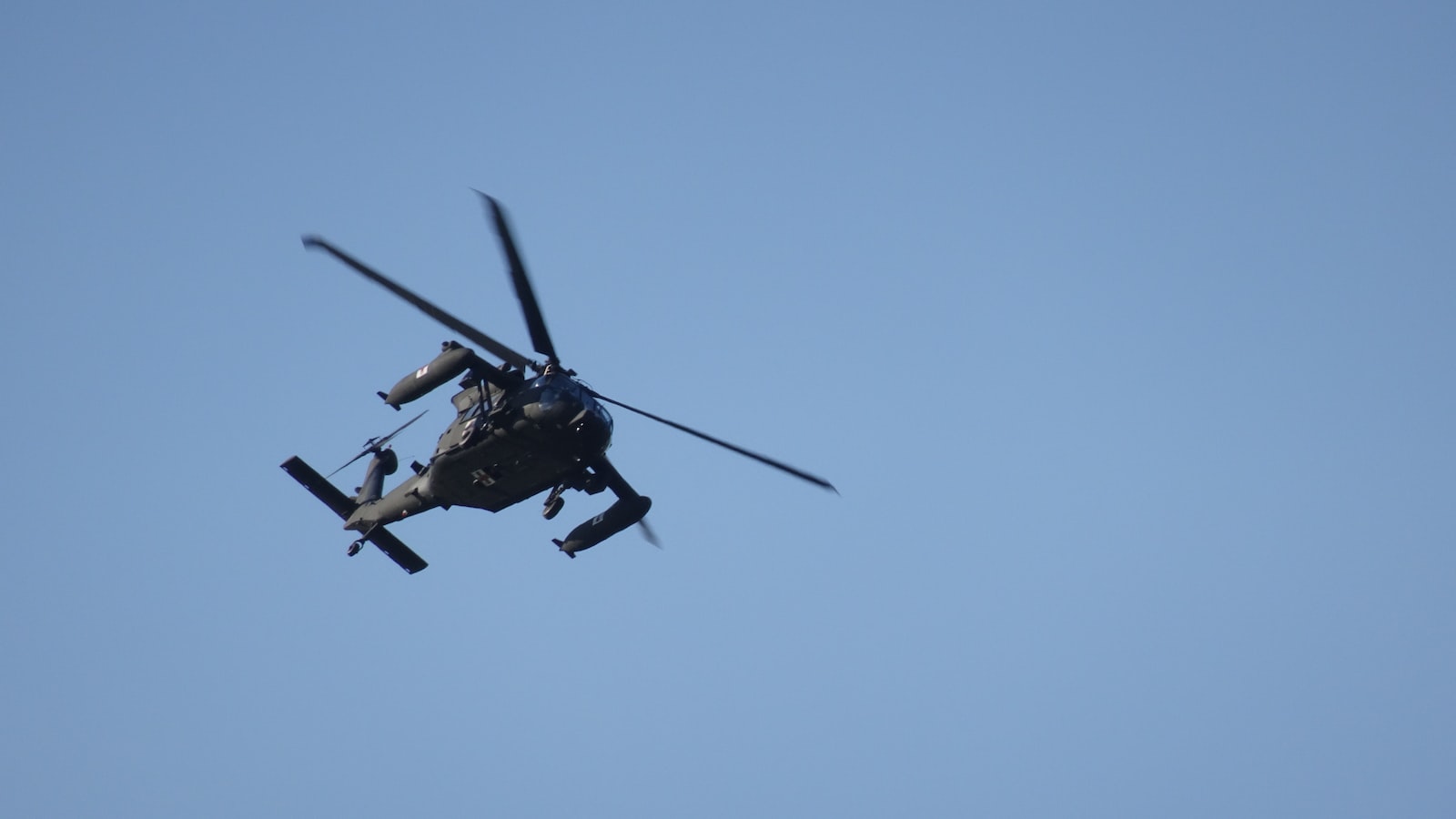
6. User Feedback and Incident Data: Drawing Insights from Real-World Experiences
User feedback and incident data provide valuable insights into real-world experiences, helping us to identify patterns, address issues, and improve our products and services. By analyzing user feedback and incident data, we gain a deeper understanding of our users’ needs and preferences, enabling us to make informed decisions and prioritize enhancements.
One way we draw insights from real-world experiences is by collecting user feedback through surveys, feedback forms, and customer support channels. This feedback allows us to gather firsthand information about user satisfaction, usability challenges, and feature requests. We carefully analyze this feedback to identify recurring themes and prioritize improvements based on user demand.
Additionally, incident data plays a crucial role in understanding the real-world impact of our products or services. By examining incident reports, bug fixes, and error logs, we can identify common issues and their severity. This helps us address critical bugs and enhance our systems, ensuring a smoother user experience.
In summary, user feedback and incident data serve as valuable resources for understanding real-world experiences. With a strategic approach to analyzing these insights, we can make data-driven decisions and continuously strive for improvement.
FAQs
FAQs – Which Is the Safest Private Helicopter?
Q: What is the safest private helicopter?
A: The Eurocopter EC130 B4 has been widely considered one of the safest private helicopters in the market today.
Q: What makes the Eurocopter EC130 B4 safe?
A: The Eurocopter EC130 B4’s safety features include its durable Fenestron tail rotor and a high-set main rotor that reduces the risk of ground accidents. It also has a robust Airbus Helicopters-designed crash-resistant fuel system.
Q: What other safety features does this helicopter offer?
A: The Eurocopter EC130 B4 is equipped with an advanced avionics suite that includes cutting-edge autopilot systems, weather radar, and terrain awareness and warning systems. It also has optional safety add-ons like a Traffic Collision Avoidance System (TCAS) and Enhanced Ground Proximity Warning System (EGPWS).
Q: Is the Eurocopter EC130 B4 suitable for different mission types?
A: Yes, the Eurocopter EC130 B4 is known for its versatility and can be tailored to various mission profiles, including corporate transport, tourism, emergency medical services, and law enforcement.
Q: Can this helicopter accommodate a specific number of passengers?
A: The Eurocopter EC130 B4 can carry up to 7 passengers, depending on the seating configuration chosen.
Q: Is the Eurocopter EC130 B4 widely used by private helicopter owners?
A: Yes, the Eurocopter EC130 B4 is a popular choice among private helicopter owners worldwide due to its exceptional safety record, performance, and comfort.
Q: Are there any other helicopter models that could be considered safe?
A: While there are several safe private helicopter models available, the Eurocopter EC130 B4 has consistently been recognized for its exceptional safety features and reliability.
Q: How can I obtain a Eurocopter EC130 B4?
A: To purchase a Eurocopter EC130 B4 or gather more information, you can contact official Airbus Helicopters representatives, authorized dealers, or visit their website.
Please note: Safety should always be a priority, and thoroughly researching different helicopter models, consulting with experts, and considering individual requirements is essential before making any purchase decisions.
Key Takeaways
In conclusion, when it comes to determining the safest private helicopter, there are several factors to consider. We have explored key aspects such as aircraft design, safety features, crash statistics, and pilot training. Through our analysis, we have identified a few top contenders that consistently demonstrate high safety standards, including the Airbus Helicopters H160, the Bell 525 Relentless, and the Leonardo AW109 Grand New. However, it is important to note that safety is not solely reliant on the helicopter itself but also on various other factors such as proper maintenance, pilot experience, and adherence to safety regulations. Therefore, before making any final decisions, it is advisable to consult with experts in the field and thoroughly evaluate all aspects pertaining to the specific helicopter model and its operation. Ultimately, prioritizing safety should always be the utmost concern for anyone considering private helicopter ownership.

